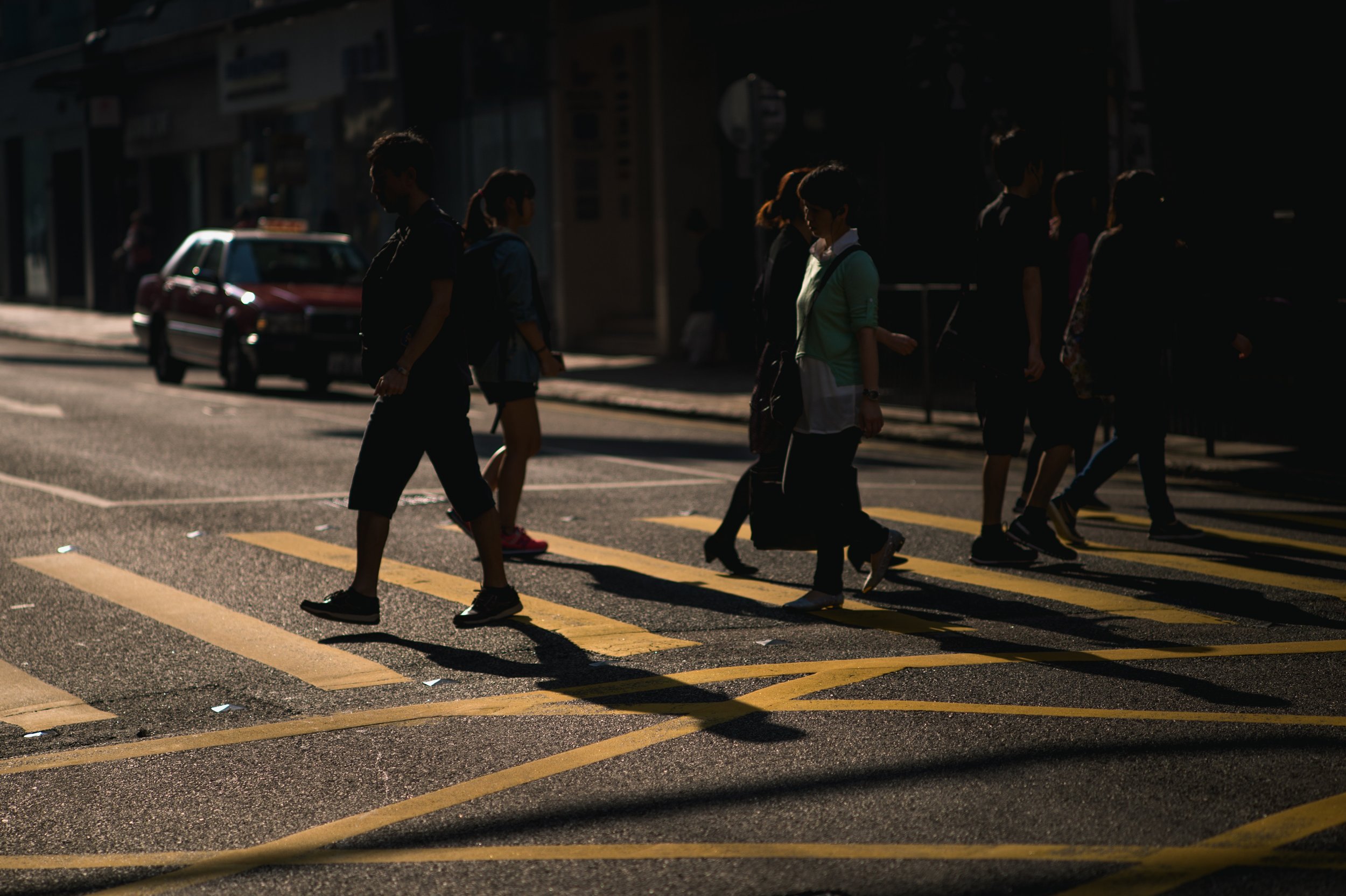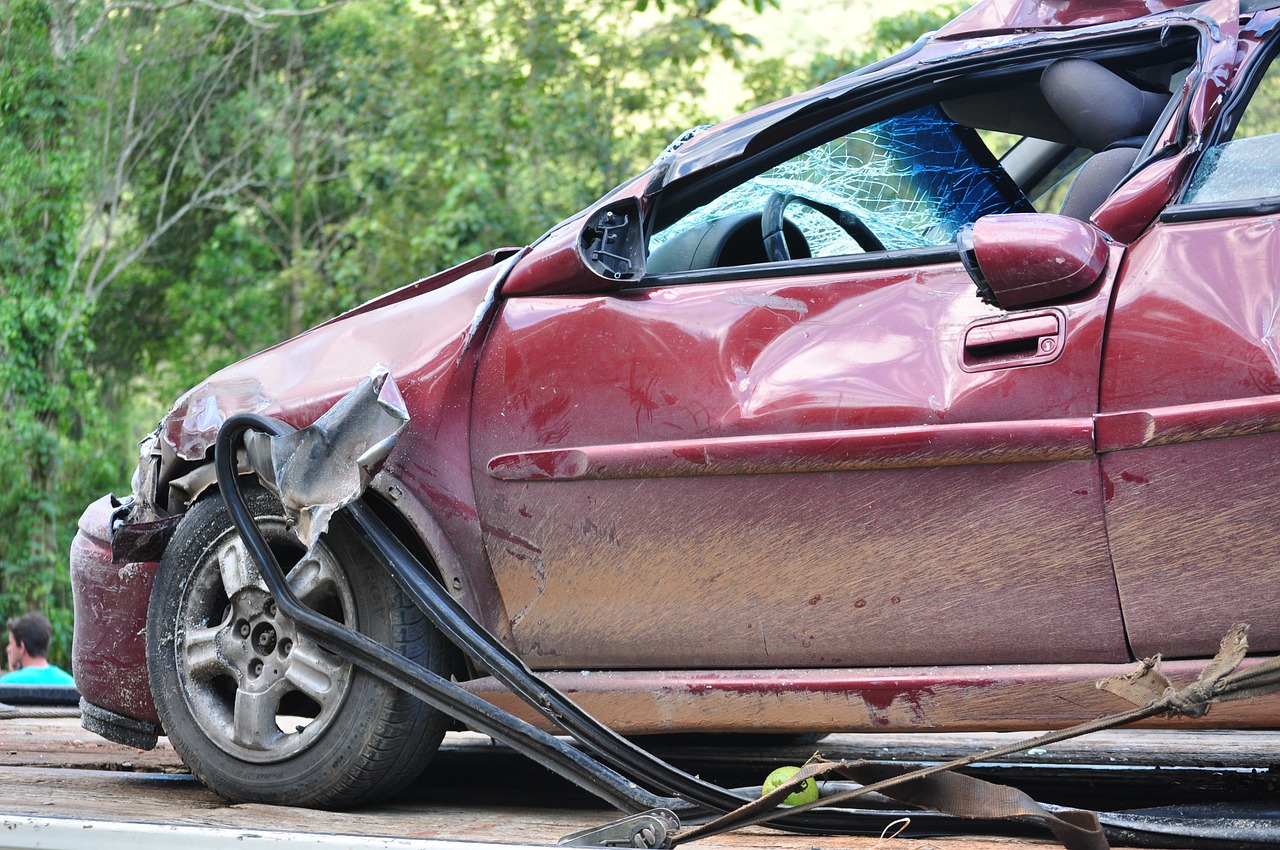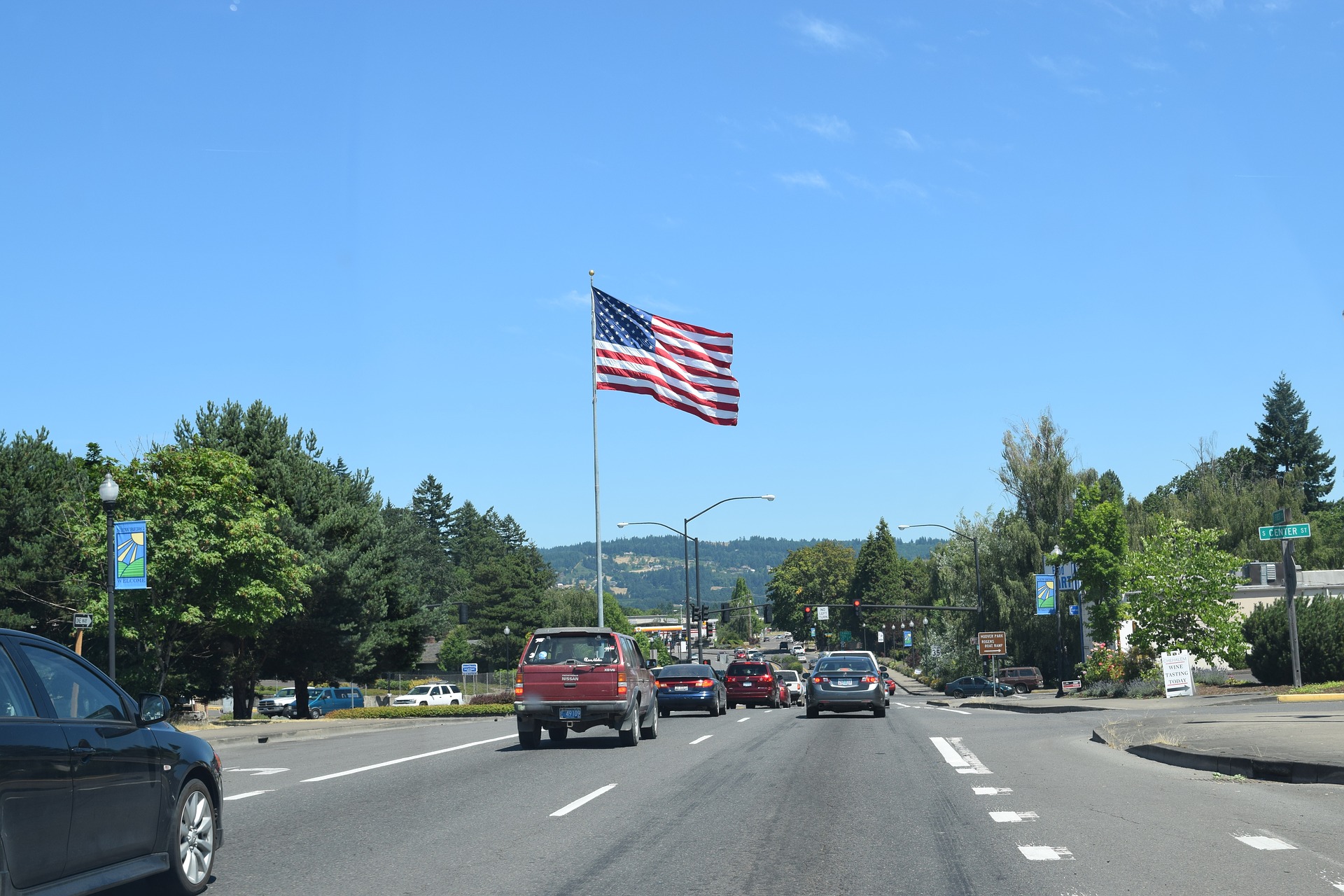While Bird Scooters have been popping up across the country, there isn’t much information available to the public about what benefits someone is entitled to after an bird scooter accident. Scooter laws are still evolving, and the regulations and ordinances may vary by county or by city.
In Michigan, bird scooter accidents generally only come into the “No-Fault” world when there is a collision with a motor vehicle. For example, in order to activate No-Fault benefits such as wage loss, medical bill coverage, household services, attendant care, and medical mileage, a bird scooter rider would have to be involved in a collision with a car. Depending on the particular circumstances of the electric scooter accident, the scooter rider might be entitled to pain and suffering compensation as well if the accident resulted in serious injuries and if it was due to the negligence of the driver of the car.
Because bird scooters are quickly cropping up in Michigan, it’s important for Michiganders to know their rights should they ever become involved in a scooter accident. Someone involved in a scooter accident should contact a Michigan personal injury attorney right away because there can be certain time periods to file your claim by, complex order of priority issues relating to which No-Fault insurance company is supposed to pay for the benefits, and even to maximize your pain and suffering compensation.
The Michigan Law Firm, PC is located in Birmingham, MI and handles personal injury cases across Michigan. Our experienced legal team is ready to help maximize your compensation after a personal injury accident. Give us a call for free anytime at 844.464.3476!


































